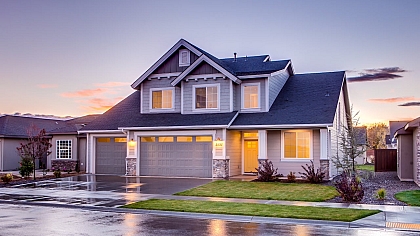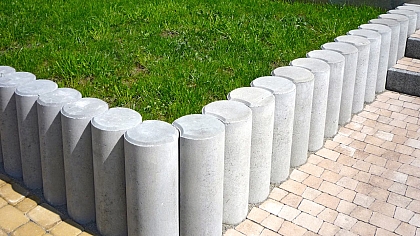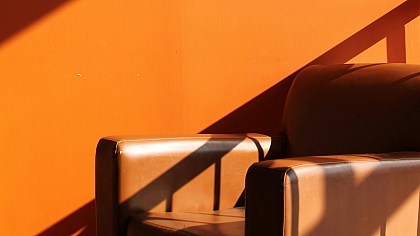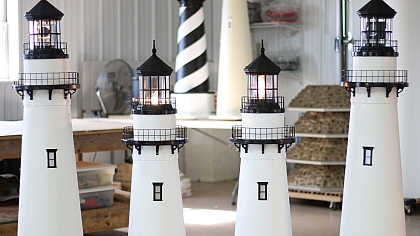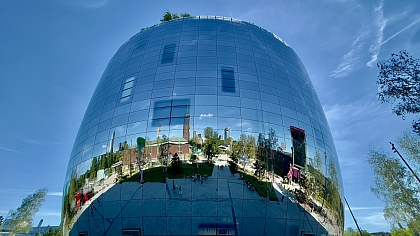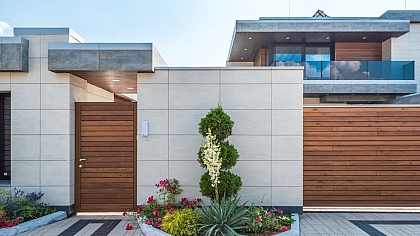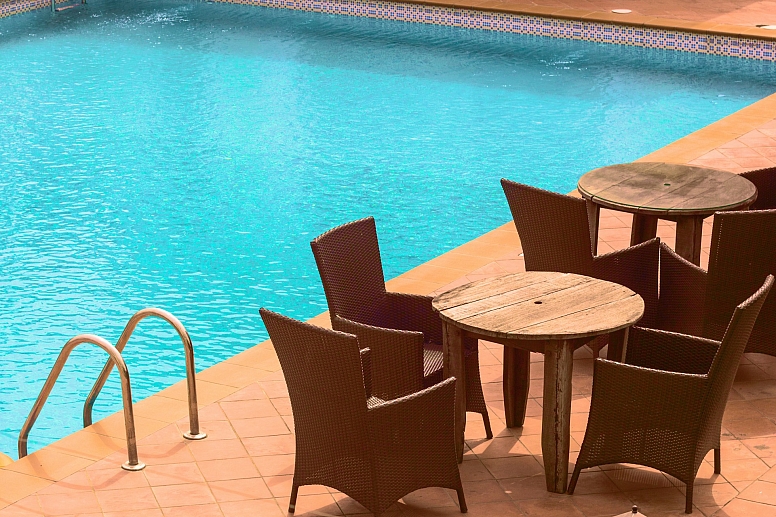
How Architectural Design Flaws Lead to Common Patio Cleaning Mistakes
Cleaning your patio can feel like a never-ending task. Dirt, stains, and mold seem to appear out of nowhere. But what if the problem isn’t just the dirt? What if the way your patio is designed makes cleaning harder than it needs to be?
Architectural design flaws often create cleaning challenges that many people overlook. Let’s break down how these flaws lead to common mistakes and what you can do to fix them.
Quick Fixes for a Cleaner Patio
- Poor drainage causes water pooling, leading to mold and stains.
- Tight corners and narrow spaces are hard to clean and often get overlooked.
- Choosing the wrong materials can make your patio harder to maintain.
- Overlooking maintenance access during design creates cleaning challenges.
- Simple design tweaks can save you time and effort in the long run.
Poor Drainage: The Root of Many Problems
A patio without proper drainage is a magnet for trouble. Water pools on the surface, creating puddles that turn into mold, mildew, and stubborn stains. Over time, standing water can even damage the patio materials.
Common Mistakes:
- Using harsh chemicals to remove mold caused by water pooling.
- Scrubbing stains repeatedly without fixing the drainage issue.
Solution:
- Ensure your patio has a slight slope (about 1-2%) to direct water away.
- Install a drainage system, such as a French drain or channel drain, if needed.
Tight Corners and Narrow Spaces
Patios with lots of corners, curves, or narrow gaps between walls and floors are harder to clean. Dirt and debris get trapped in these areas, and standard cleaning tools often can’t reach them.
Common Mistakes:
- Ignoring hard-to-reach spots, which leads to buildup over time.
- Using the wrong tools, like large brooms that can’t fit into tight spaces.
Solution:
- Use smaller, specialized tools like angled brushes or handheld vacuums.
- During the design phase, opt for simpler layouts with fewer tight spaces.
Choosing the Wrong Materials
The materials you choose for your patio play a huge role in how easy it is to clean. For example, porous materials like natural stone absorb stains, while smooth surfaces like concrete are easier to maintain but can show every speck of dirt.
Common Mistakes:
- Using porous materials in high-traffic areas without proper sealing.
- Picking materials that don’t match your climate (e.g., wood in rainy areas).
Solution:
- Choose materials based on your lifestyle and local weather.
- Seal porous surfaces to prevent stains and make cleaning easier.
Overlooking Maintenance Access
Sometimes, patios are designed without considering how they’ll be cleaned. For example, heavy furniture or built-in planters can block access to certain areas, making it hard to clean thoroughly.
Common Mistakes:
- Placing furniture or decor in ways that trap dirt underneath.
- Not leaving enough space to move around while cleaning.
Solution:
- Plan your patio layout with cleaning in mind. Leave gaps between furniture and walls.
- Use lightweight, movable furniture instead of heavy, fixed pieces.
How to Fix Design Flaws
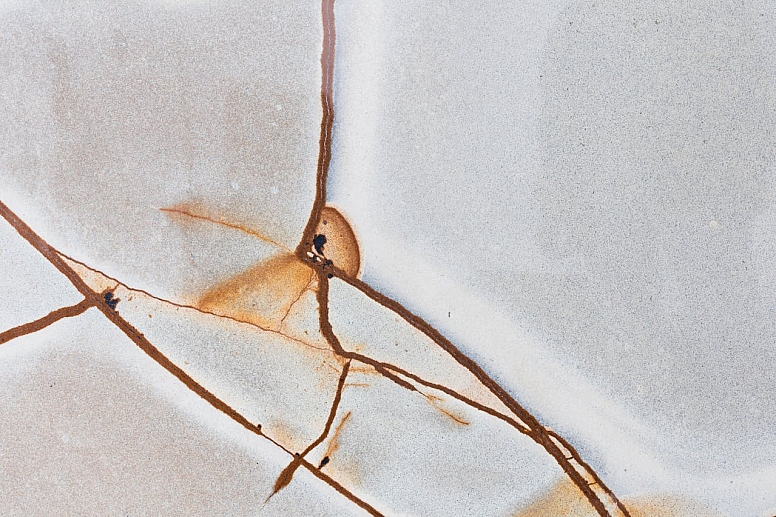
If your patio already has these design flaws, don’t worry. There are ways to make cleaning easier without starting from scratch:
- Add a slope: If water pools, you can add a thin layer of concrete or pavers to create a slope.
- Use rugs or mats: Place them in high-traffic areas to protect the surface and make cleaning easier.
- Upgrade your tools: Invest in tools designed for hard-to-reach areas, like extendable scrub brushes or pressure washers.
Time to Rethink Your Patio Design
Cleaning your patio doesn’t have to be a never-ending chore. By addressing design flaws, you can save time and effort while keeping your outdoor space looking great. Whether you’re planning a new patio or fixing an existing one, small changes can make a big difference.
Take a closer look at your patio today. Identify any design flaws that make cleaning harder, and start making changes. Your future self will thank you!
Frequently Asked Questions
1. What’s the best material for an easy-to-clean patio?
Smooth, non-porous materials like concrete or porcelain tiles are the easiest to clean. Just make sure they’re sealed properly.
2. How often should I clean my patio?
It depends on usage and weather, but a quick sweep once a week and a deep clean every season is a good rule of thumb.
3. Can I fix poor drainage without rebuilding my patio?
Yes, you can add a slope or install a drainage system, like a French drain, to redirect water.
4. What tools work best for tight spaces?
Angled brushes, handheld vacuums, and extendable scrub brushes are great for hard-to-reach areas.
5. How do I prevent mold and mildew on my patio?
Improve drainage, clean regularly, and use a mold-resistant sealant on porous materials.
By understanding how design impacts cleaning, you can create a patio that’s not only beautiful but also easy to maintain.

